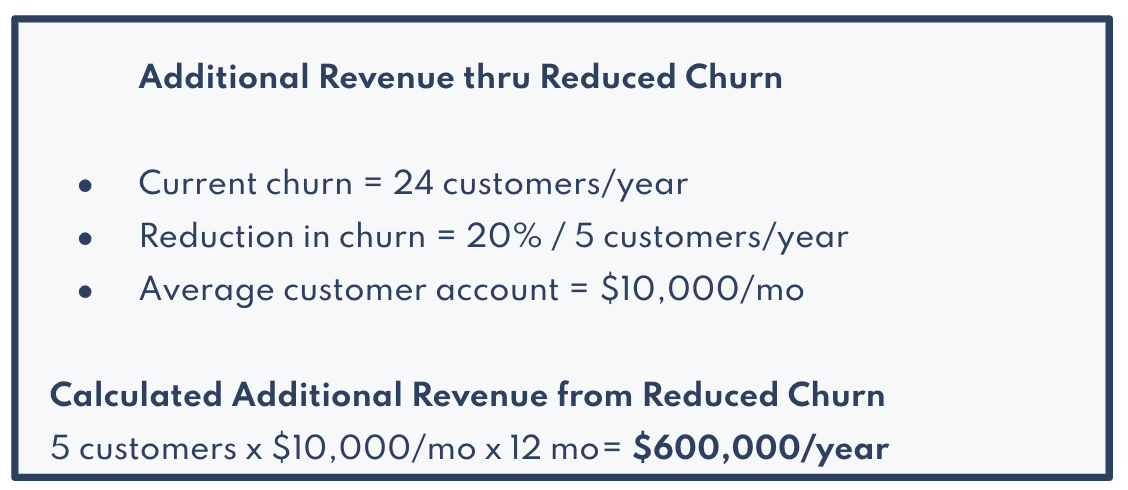How to Make Credible Software Recommendations to your Team
Have you ever had to sell a project internally at work?
In today’s business world, most purchasing decisions rely heavily on getting buy-in from multiple stakeholders within your organization. The same is true for our clients when they're looking to make improvements for their marketing, sales, or customer service teams.
I was recently chatting with a client who implemented HubSpot for their sales and marketing teams last year. Since then, both teams have benefited from having fewer manual processes, being more efficient with their time, and having shared access to more information and analytics across departments. Now that their employees can be more intentional about how they're spending time and managing their responsibilities, they are able to provide a better buying experience to their customers.
This client has realized that their customer service team would also benefit from implementing a better system. If they choose to implement HubSpot Service Hub, ALL of their customer information and data would be in one place. This is often referred to as having a ‘360-degree view of the customer.'
The challenge they face is that the cost of new software was not included in their annual budget. In order to prove that this would be a worthwhile investment, they need to build a compelling business case for the purchase. They'll need to show how this investment will have a positive return for the company.
Being able to quantify the financial upside of an investment is the most compelling way to earn the agreement of leadership and other team members. Assigning monetary value the benefits also enables you to compare and contrast potential solutions to make the best decision.
By the numbers
How might they quantify the value of these benefits? Without knowing the exact numbers, we can get a ballpark estimate by making a few assumptions.
Using the customer service team as an example, we can start with the size of the team. Let’s say it’s 10 people. Then we can look at the amount of time each of those people spend on manual tasks. Let’s say it’s 10 hours/week.
A new customer service software could reduce - or even eliminate - some of those manual tasks through automation, allowing reps to prioritize how they work, and keep their manager and colleagues informed of customer activity as needed. With increased visibility in a shared system, what if they got that 10 hours of work down to just 3 hours per week per rep?
Now they've got 10 people saving of 7 hours/week, so as a team they're saving 70 hours per week or 280 hours per month. If their average salary is $60,000/year, or roughly $29/hour, it’s a savings of $8,120/month or $97,440/yr.
Next let's consider a scenario in which those reps are able to use that time savings to provide a better customer experience and reduce churn by 20%. If they currently churn 2 customers per month, or 24 over the course of a year, that reduction in churn equates to 5 retained customers. If the average customer account is $10k/month, that’s additional revenue of $600k/year.

And finally, let's say conservatively that half of the customer service reps are able to use Service Hub to identify opportunities for potential account expansion. If each of those five reps are able to grow just two of the 30 accounts that they manage from $10k/mo to $15k/mo, that equates to another $600k/year in additional revenue.
Using these figures, the company could realize nearly $1.3mm in benefits from implementing a software system like Service Hub.
Now it's time to consider the cost. If the software is around $14k/yr, and the implementation consulting cost is around $30k, that’s an upfront investment of $44k. Let's say they engage an implementation consulting firm for 6 months at $5,000/mo to incorporate more functionality, build out their reporting, provide continued training and support, and make sure everything is running smoothly. That will cost an additional $30k.
The company should also have an internal committee working with the external implementation team, so if that is 3 people who spend 5 hrs/week over 12 weeks, and the average salary of those people is $80k/year or roughly $38/hour. So their investment of their time is $6,840.
They also need to spend time training the 10 customer service agents, so let’s say that’s 5 hours of training for each of them x their average salary of $29/hour. That would be another investment of $1,450.
Taking these costs into account, the total investment in the implementation would be just shy of $83k.
The ROI would be about 1500%, or 15X. Or better said, for every $1 of the investment would come back to them as $15. Even if the investment went from $82k to $130k, it would still be a 10X investment.
Would you take that deal? Is there another way for you to spend the same and yield a higher return?
If this has you wondering if your customer service team would benefit from investing in new software like HubSpot's Service Hub, we’d love to chat with you.


